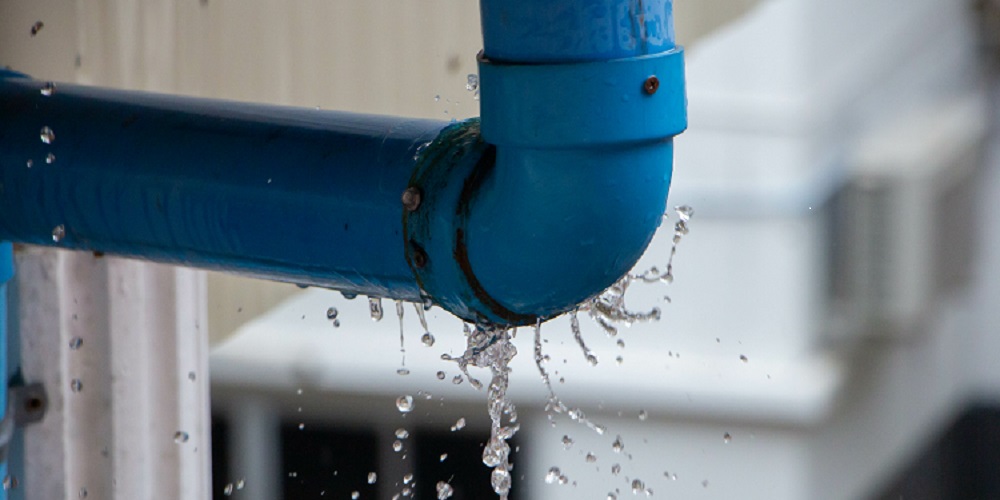Almost everyone seems to have their personal conception on the subject of Leaking water lines.

Early detection of leaking water lines can reduce a possible calamity. Some small water leakages might not be noticeable.
1. Check Out the Water Meter
Every home has a water meter. Inspecting it is a proven manner in which aids you discover leakages. For beginners, shut off all the water resources. Guarantee no one will flush, use the faucet, shower, run the washing device or dishwashing machine. From there, most likely to the meter as well as watch if it will certainly transform. Given that no person is utilizing it, there ought to be no motions. That shows a fast-moving leak if it moves. Also, if you find no changes, wait a hr or more as well as inspect back once again. This suggests you might have a slow-moving leak that could even be below ground.
2. Check Water Intake
If you identify sudden changes, regardless of your intake being the very same, it indicates that you have leaks in your plumbing system. An unexpected spike in your expense indicates a fast-moving leakage.
On the other hand, a consistent increase on a monthly basis, even with the very same practices, reveals you have a slow leakage that's also slowly rising. Call a plumber to extensively check your property, particularly if you really feel a warm location on your flooring with piping beneath.
3. Do a Food Coloring Test
When it comes to water intake, 30% comes from commodes. If the shade in some way infiltrates your dish throughout that time without flushing, there's a leak between the tank as well as bowl.
4. Asses Exterior Lines
Do not fail to remember to inspect your outdoor water lines also. Must water leak out of the connection, you have a loosened rubber gasket. One small leak can waste tons of water and also increase your water expense.
5. Analyze the scenario as well as examine
Homeowners need to make it a routine to check under the sink counters and also also inside cabinets for any kind of bad odor or mold and mildew growth. These 2 red flags suggest a leakage so punctual focus is required. Doing regular evaluations, also bi-annually, can save you from a significant issue.
Much more notably, if you understand your residence is already old, maintain a watchful eye on your heaters, tubes, pipes and so on. Check for discolorations and also compromising as most pipelines and also home appliances have a life span. They will likewise normally weaken as a result of tear and use. Don't wait for it to intensify if you believe leaking water lines in your plumbing system. Call an expert plumber right away so you don't wind up with a horrible mess in your house.
Early discovery of dripping water lines can minimize a potential disaster. Some tiny water leaks may not be visible. Inspecting it is a guaranteed method that aids you uncover leaks. One small leak can squander heaps of water and also increase your water costs.
If you believe dripping water lines in your plumbing system, do not wait for it to rise.
How to Know If Your Home Has a Hidden Leak
Water Meter Reveals Inexplicable Water Usage
If you’d like to test whether or not there’s a leak somewhere in your home, you can do this using your water meter. Here is how to conduct the test:
Don’t use any water in your home for at least 30 minutes; this also means not turning on faucets or water-using appliances.
Go outside, and check your water meter for activity.
If your water meter shows that there was activity, even though no one was using any water, this proves that there is a leak in your home.Visible Mold or Mildew Growth
Leaks behind walls create moist, dark environments that allow mold and mildew to grow and thrive. Eventually, you might see mold growth forming on the wall closest to a hidden leak.
If mold is growing in an area that receives a high amount of moisture, such as a bathroom, it may simply be an indication that better ventilation is needed. However, if you see mold growth on a wall or the ceiling in an area where you would not expect, you probably have a hidden leak.
Musty, Mildew Odor
Sometimes you might not be able to see the mold or mildew that is growing as a result of a leak. However, the smell can give the problem away just as easily. If you catch a whiff of something musty, there’s a good chance that old water is collecting somewhere in your home that you can’t see.
Stained/Warped Walls, Ceilings, or Floors
When your home soaks up water, a variety of red flags can become visible, including ceiling stains, bubbling drywall, warped walls, and sagging floors. While these issues can be caused by excess humidity, they can also be signs that a pipe or plumbing connection has started leaking behind your walls.
Inexplicably High Water Bill
After a while, you get a general sense for what your water bill should be. If you own a pool or sprinkler system, your bill will tend to be higher during summer. However, if you receive a water bill that seems especially high, and you can’t figure out what caused it, then you may have a hidden leak somewhere that’s increasing your bill.
https://www.plumbingjoint.com/blog/2019/july/how-to-know-if-your-home-has-a-hidden-leak/

As a devoted person who reads on Top leak detection hacks, I figured sharing that piece of content was valuable. Enjoyed reading our content? Please share it. Let somebody else find it. We treasure reading our article about Leaking water lines.